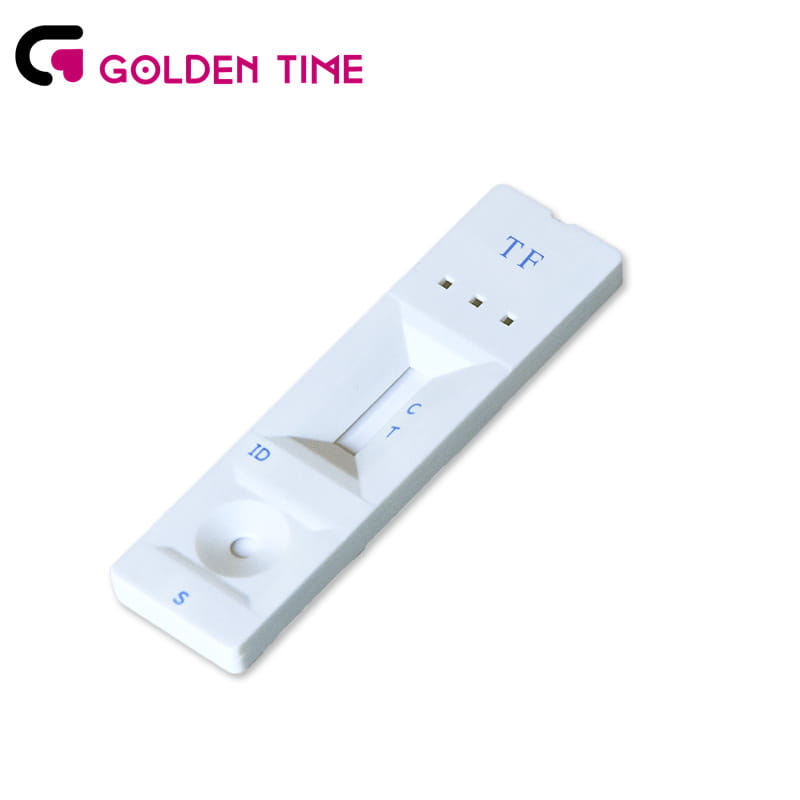Jul . 27, 2024 20:14 Back to list
Guidelines for Using Rapid Antigen Tests in Detecting COVID-19 Infection Effectively and Accurately
Understanding the COVID-19 Rapid Antigen Test
The COVID-19 pandemic has significantly altered daily life and health practices around the world, prompting the development of various testing methods to ensure public safety. Among these methods, the COVID-19 rapid antigen test has emerged as a widely used tool for diagnosing the virus. This article will explore the principles, advantages, and limitations of rapid antigen testing in the context of managing the ongoing pandemic.
What is a Rapid Antigen Test?
A rapid antigen test is a diagnostic tool that detects the presence of specific proteins, known as antigens, associated with the SARS-CoV-2 virus, which causes COVID-19. The test is typically performed using a nasal or throat swab, and results are usually available within 15 to 30 minutes. This quick turnaround time makes rapid antigen tests particularly appealing for screening, especially in settings where immediate results are crucial, such as airports, schools, and large gatherings.
Advantages of Rapid Antigen Testing
One of the principal advantages of rapid antigen tests is their speed. Traditional PCR (polymerase chain reaction) tests, while highly accurate, can take several hours or even days to return results due to the need for laboratory processing. In contrast, the rapid antigen test allows for immediate decision-making, which is vital for controlling the spread of the virus.
Additionally, rapid antigen tests are generally more cost-effective than their PCR counterparts. They require less sophisticated laboratory equipment, which enables them to be deployed in a variety of settings, including rural areas or places with limited access to healthcare facilities. This accessibility can help increase testing rates and ensure that more individuals can be screened for COVID-19.
covid 19 rapid antigen test

Another noteworthy benefit is that the simplicity of the test procedure allows for self-administration. Many rapid antigen tests are designed so that individuals can perform the test at home, reducing the burden on healthcare professionals and minimizing potential exposure risks associated with clinic visits.
Limitations of Rapid Antigen Testing
Despite their advantages, rapid antigen tests are not without limitations. One of the most significant concerns is their sensitivity and specificity. While rapid tests are effective at detecting active infections, they are less sensitive than PCR tests, particularly in individuals with low viral loads. This means that a negative result on a rapid antigen test does not necessarily rule out an infection, especially in asymptomatic individuals or those who are recently exposed to the virus.
Furthermore, the accuracy of rapid antigen tests can be influenced by the timing of the test in relation to the infection. They are most effective when used during the peak period of viral shedding, typically a few days after symptoms start. Testing too early or too late may result in false negatives.
Conclusion
In summary, the COVID-19 rapid antigen test plays a crucial role in the ongoing efforts to manage the pandemic. Its speed, cost-effectiveness, and ease of use make it an invaluable resource for widespread screening. However, it is essential for users and public health officials to understand its limitations and use the test as part of a broader strategy that includes symptom monitoring, PCR testing when necessary, and adherence to public health guidelines. By strategically implementing rapid antigen testing, society can enhance its ability to detect and respond to COVID-19, ultimately contributing to public health safety and the gradual return to normalcy.
-
Malaria Pf Ag Rapid Test Kit - Quick & Accurate Detection
NewsAug.11,2025
-
Accurate Cardiac Marker CK-MB Rapid Test for Quick Results
NewsAug.10,2025
-
Premium Empty ABS Plastic Cassette for Test Strips
NewsAug.09,2025
-
Sterile Urine Cup: Accurate Specimen Collection for Labs & Home
NewsAug.08,2025
-
Malaria Pf/Pan Ag Rapid Test Kit for Fast, Accurate Diagnosis
NewsAug.07,2025
-
Rapid Canine Corona Test: Fast & Accurate Results
NewsAug.06,2025

